Full text
PDF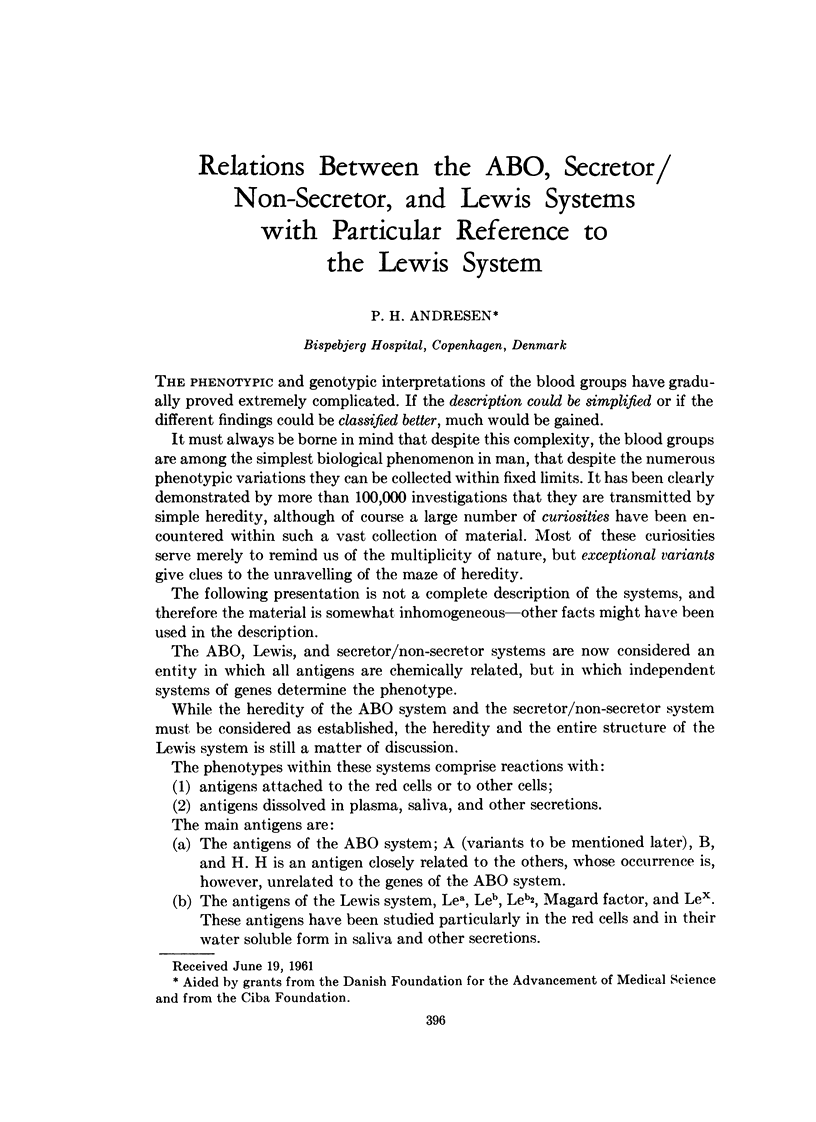
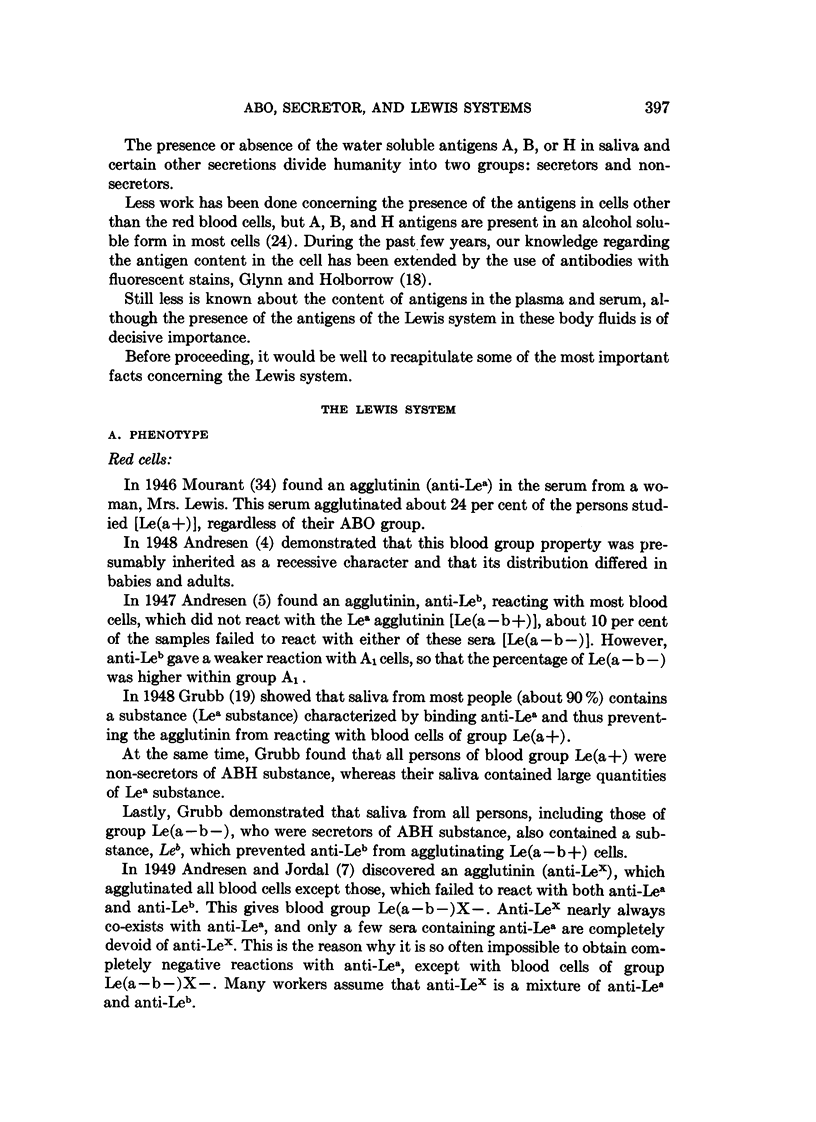
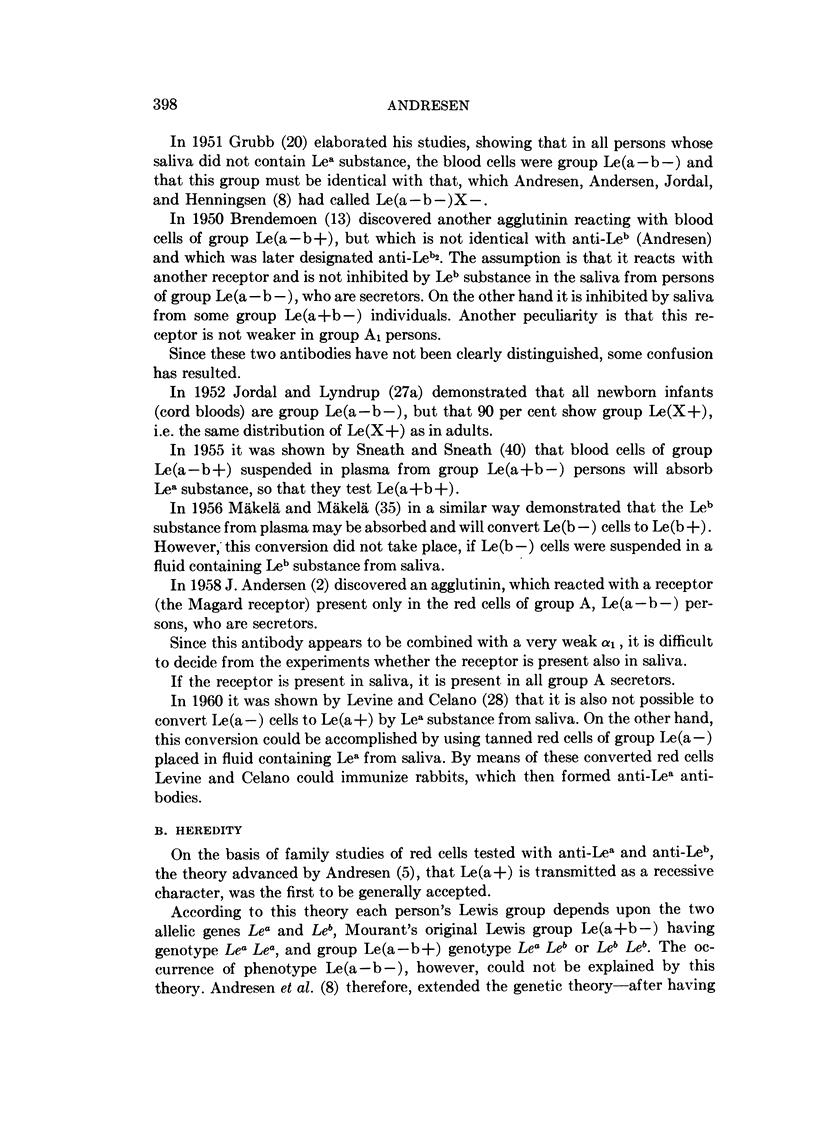
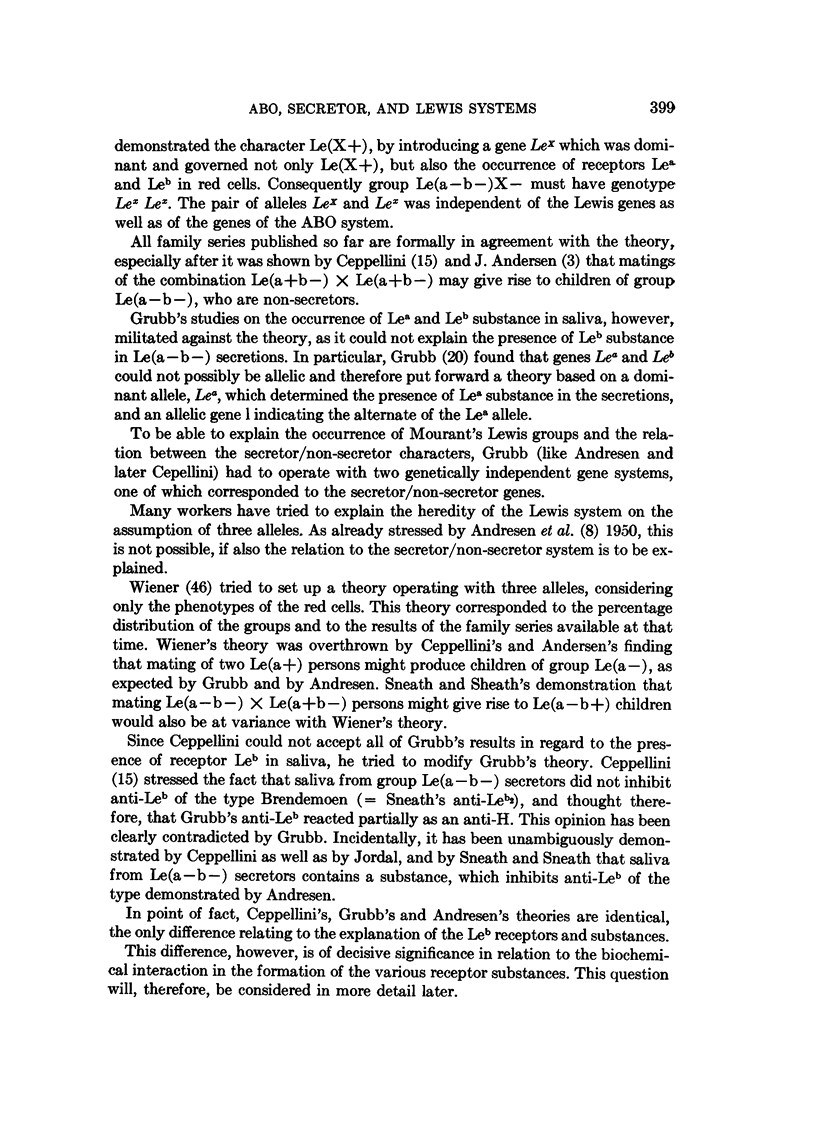
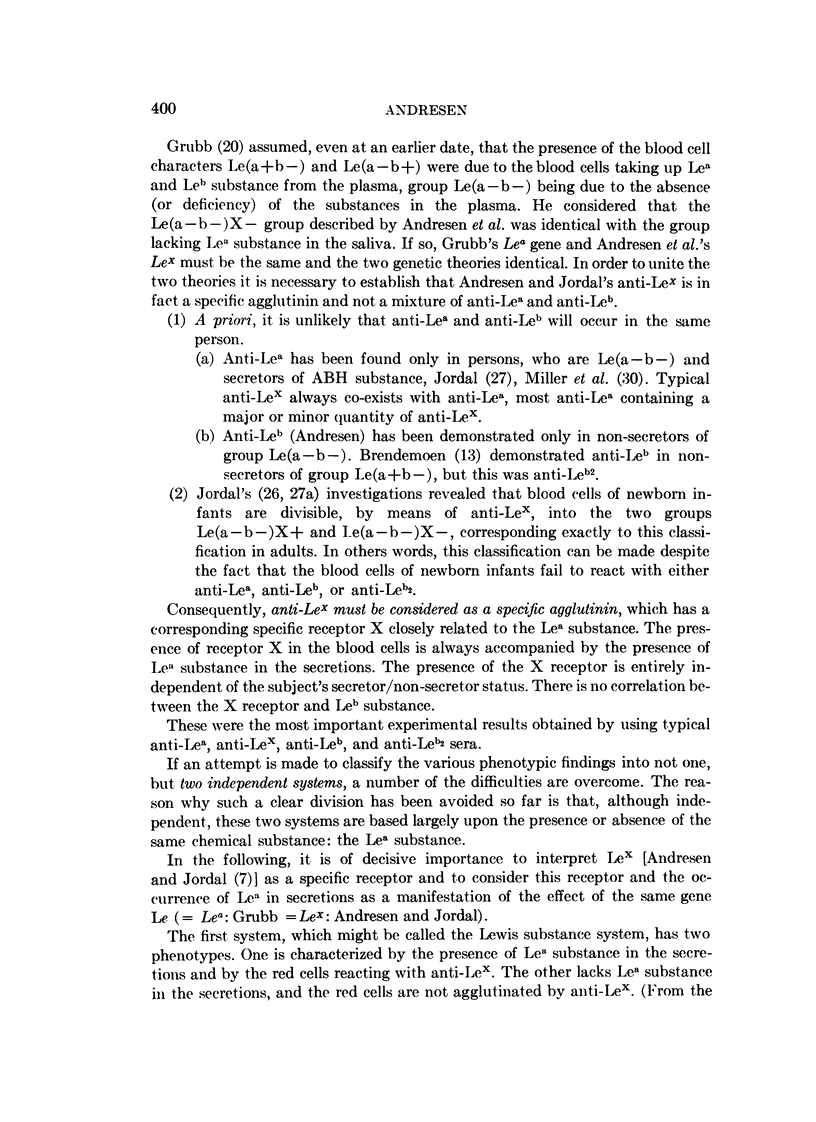
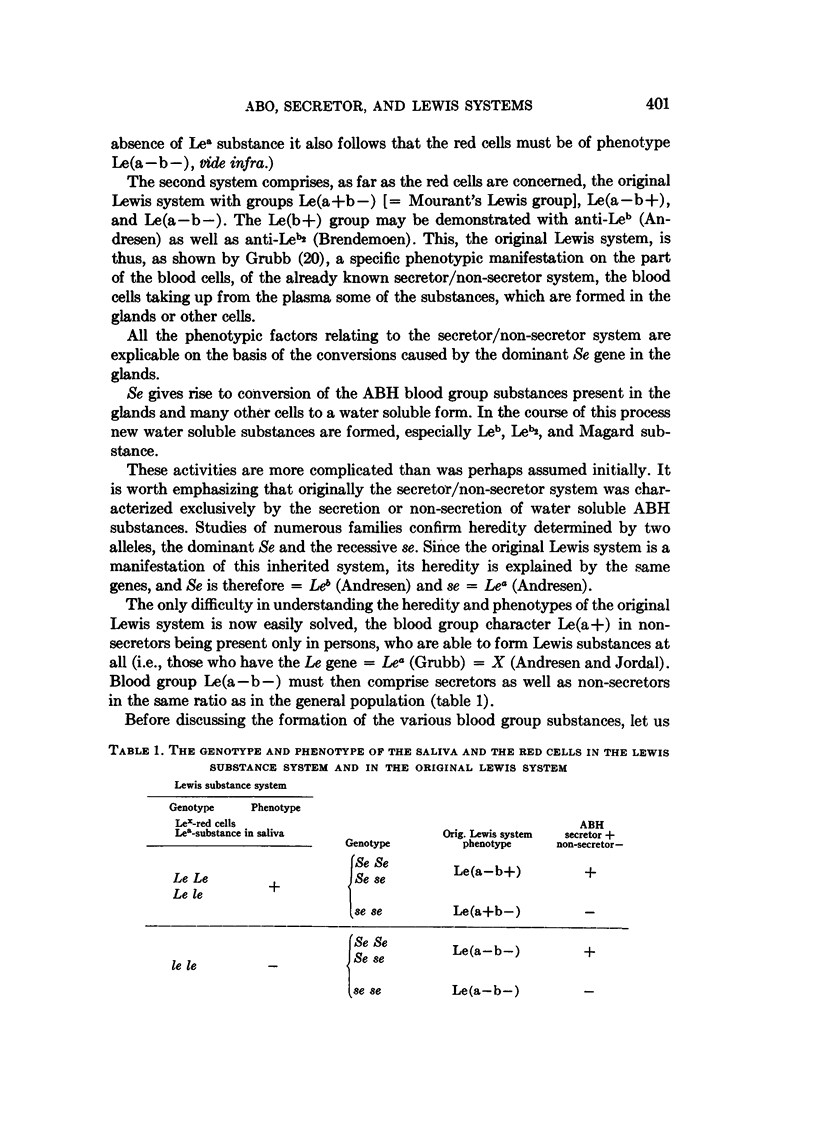
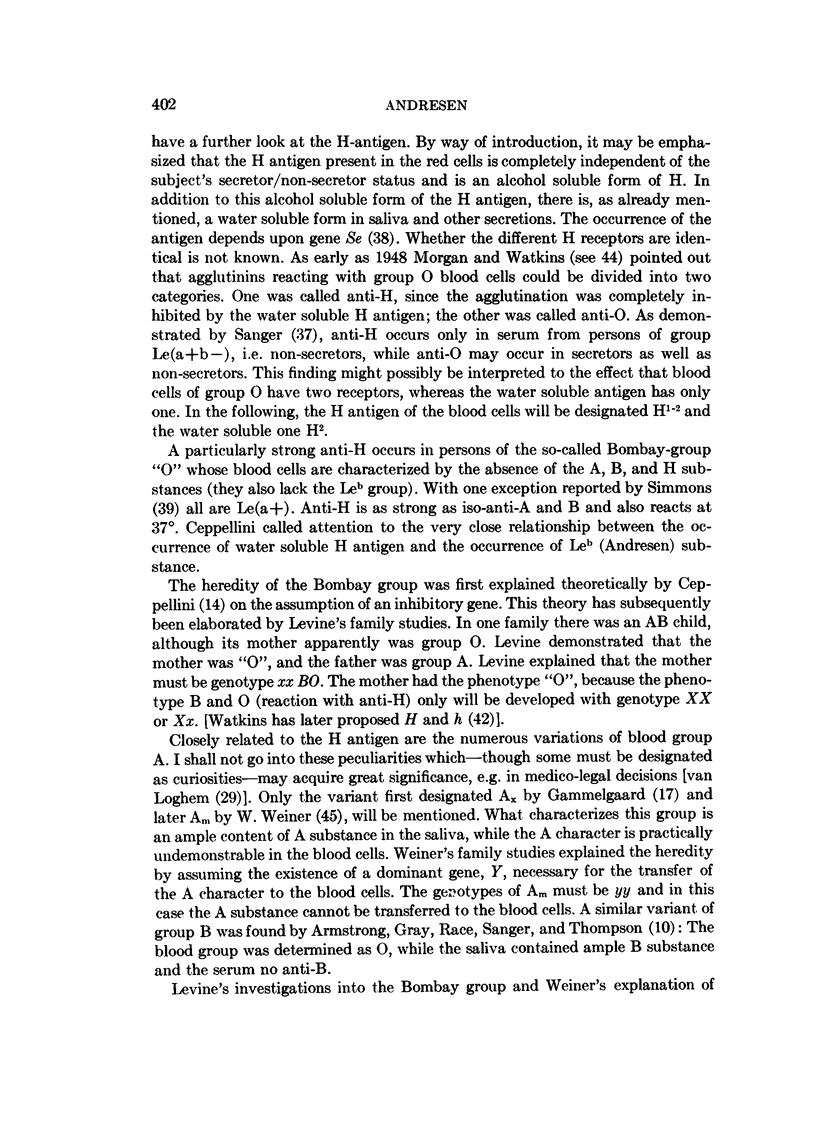
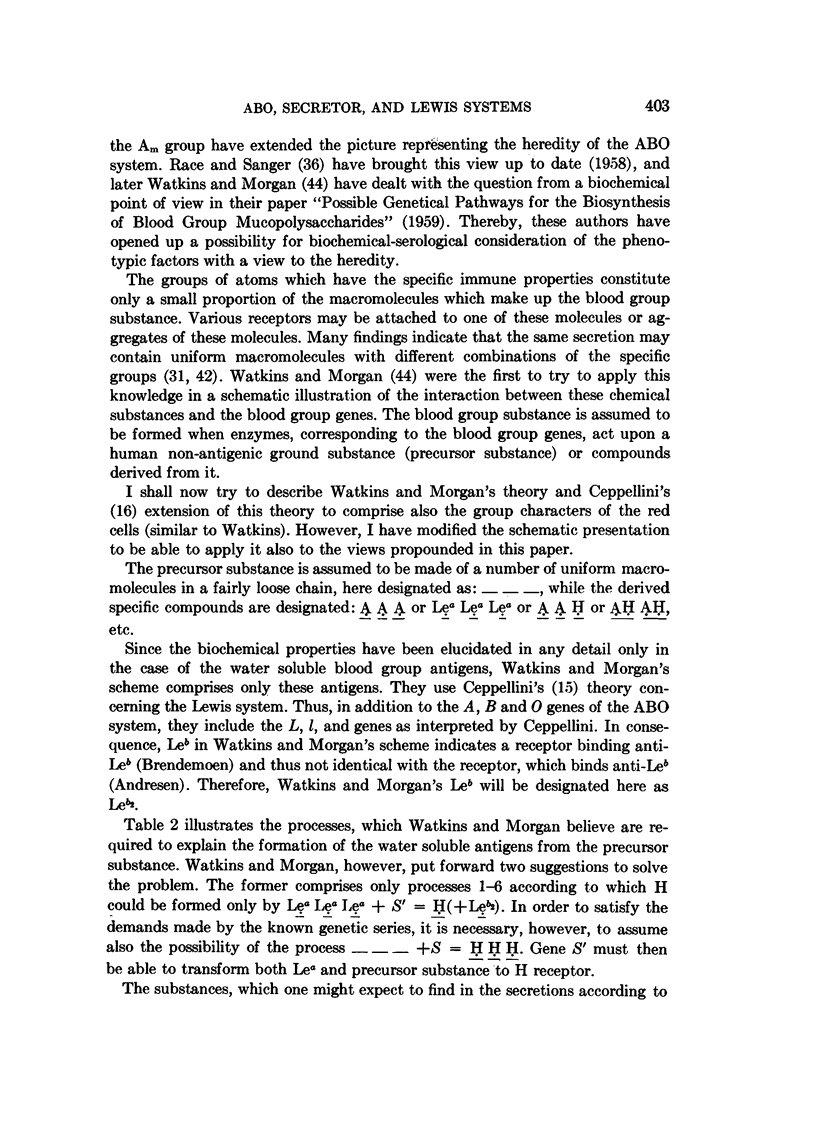
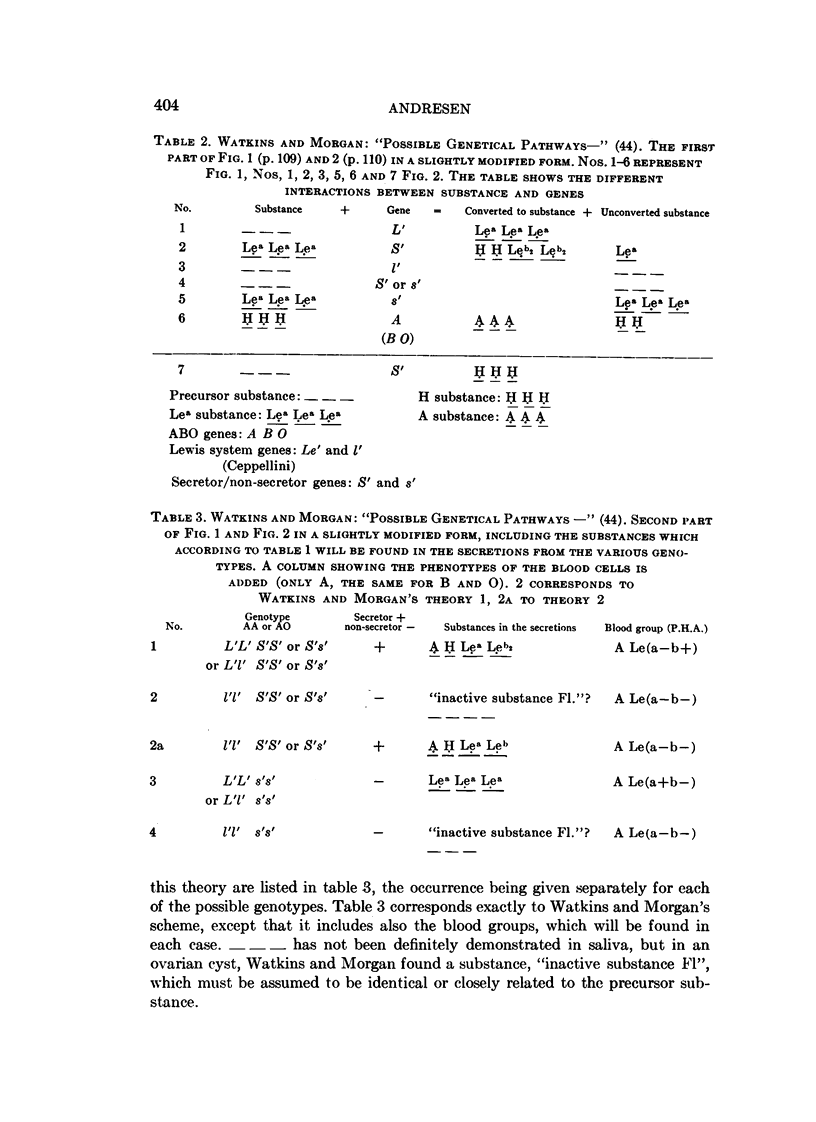
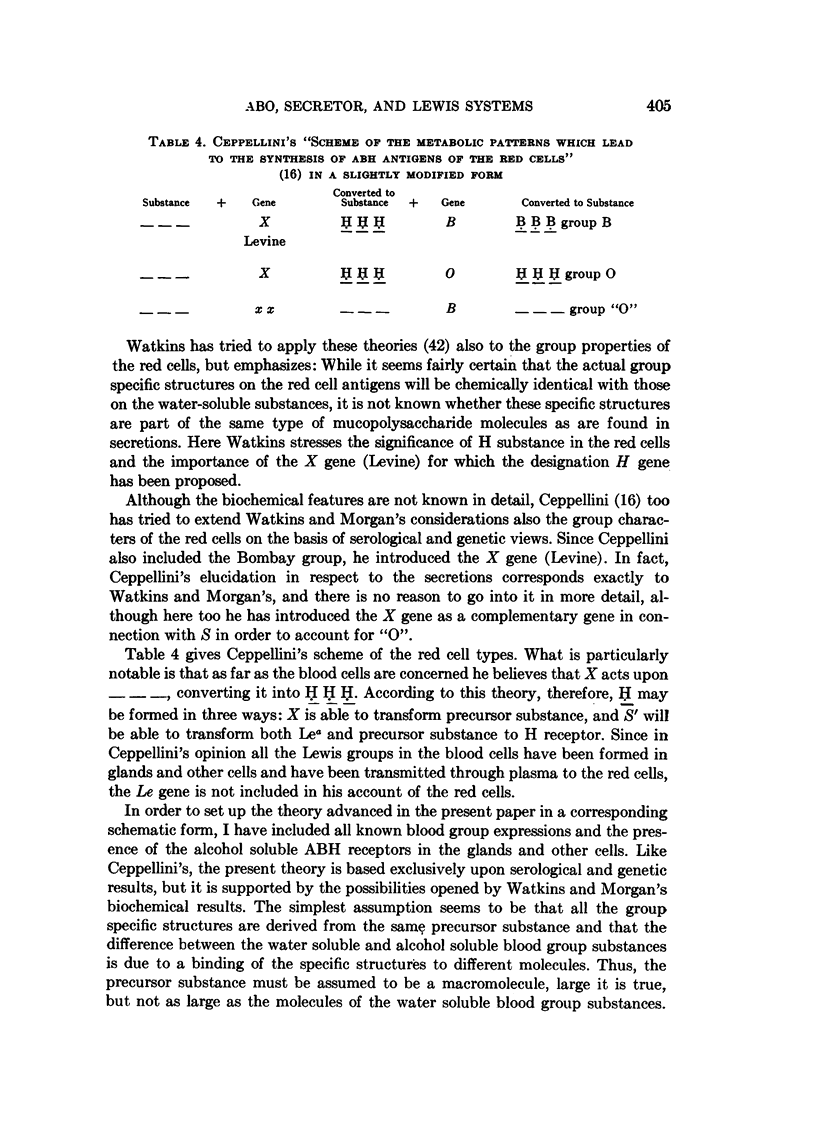
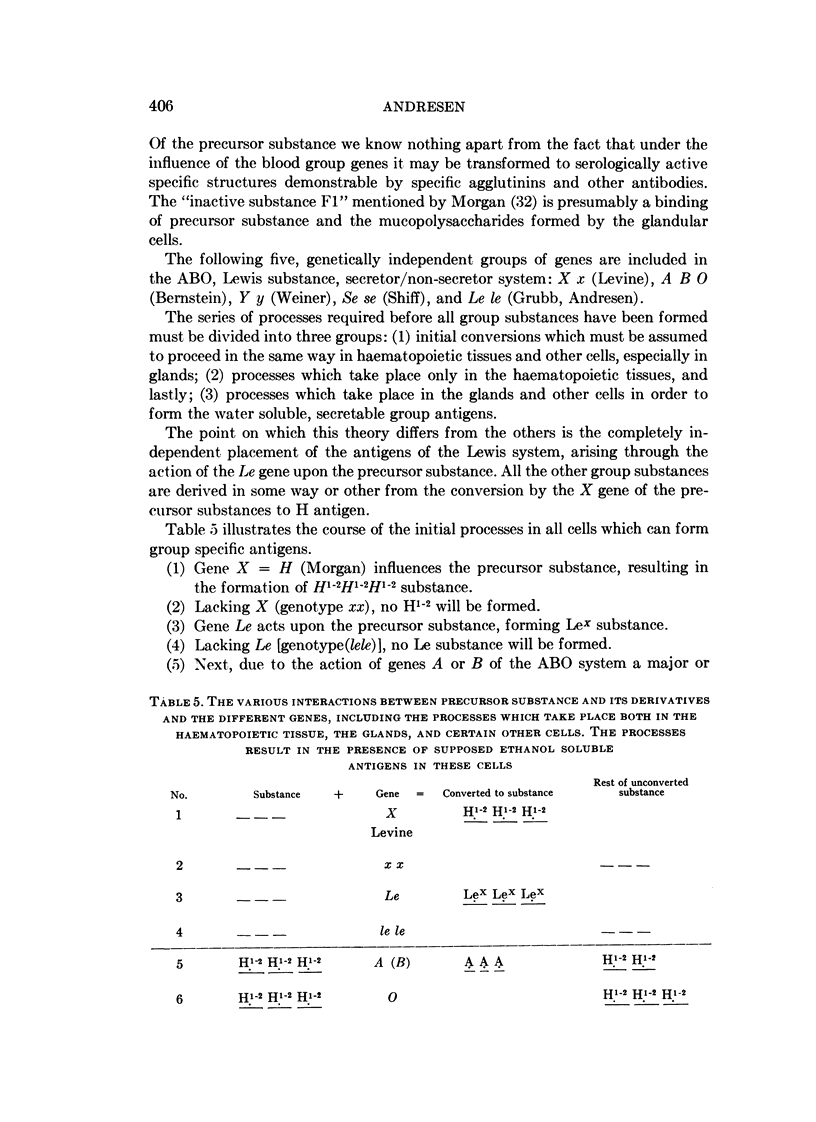
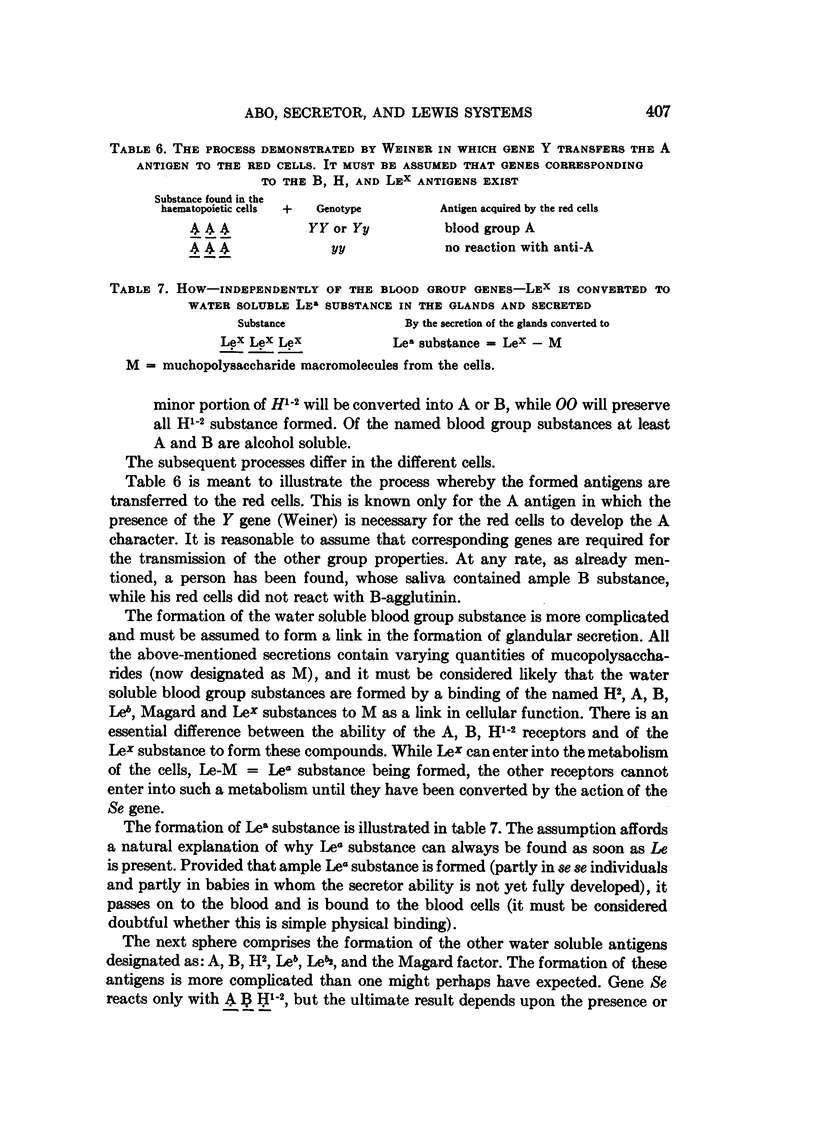
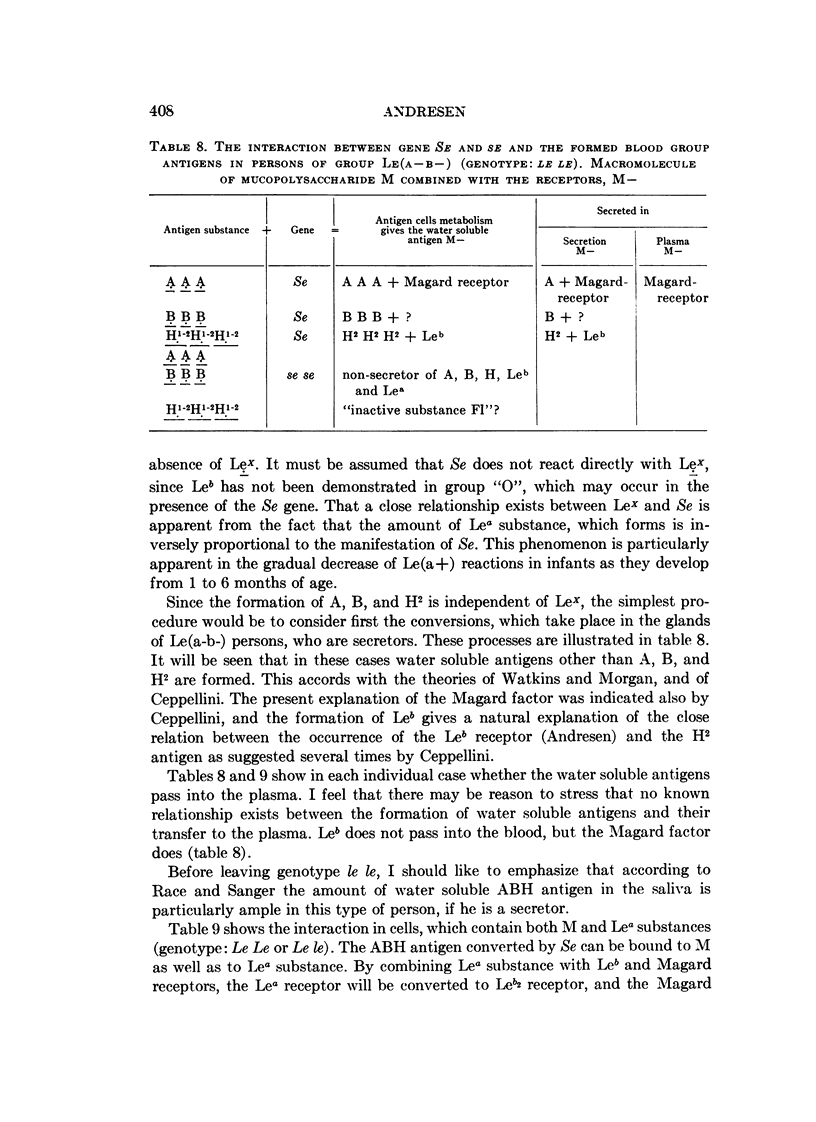
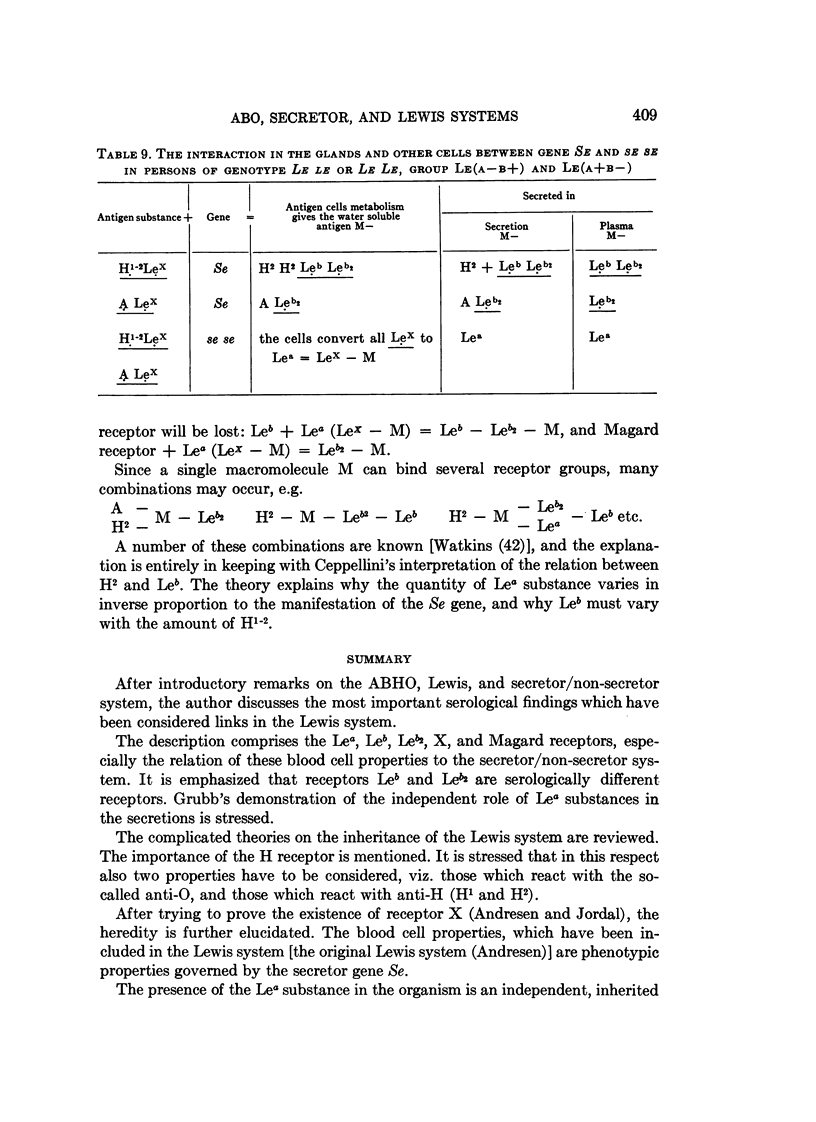
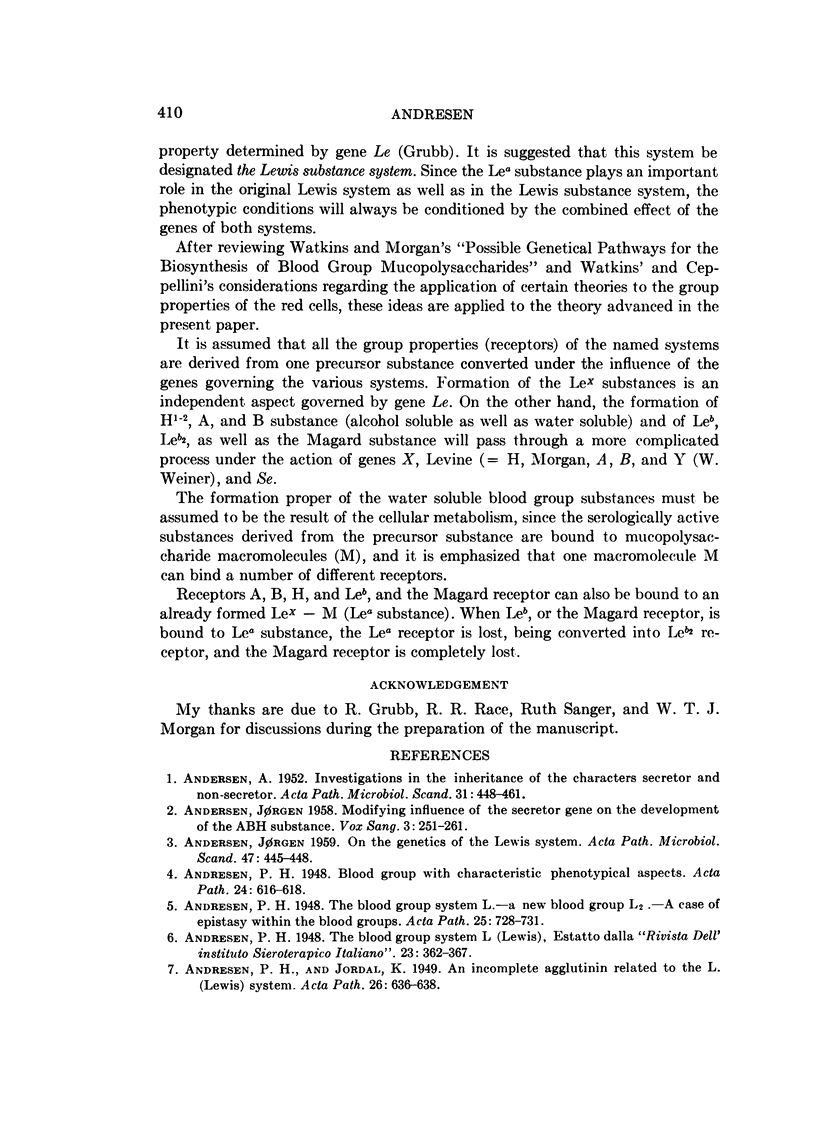
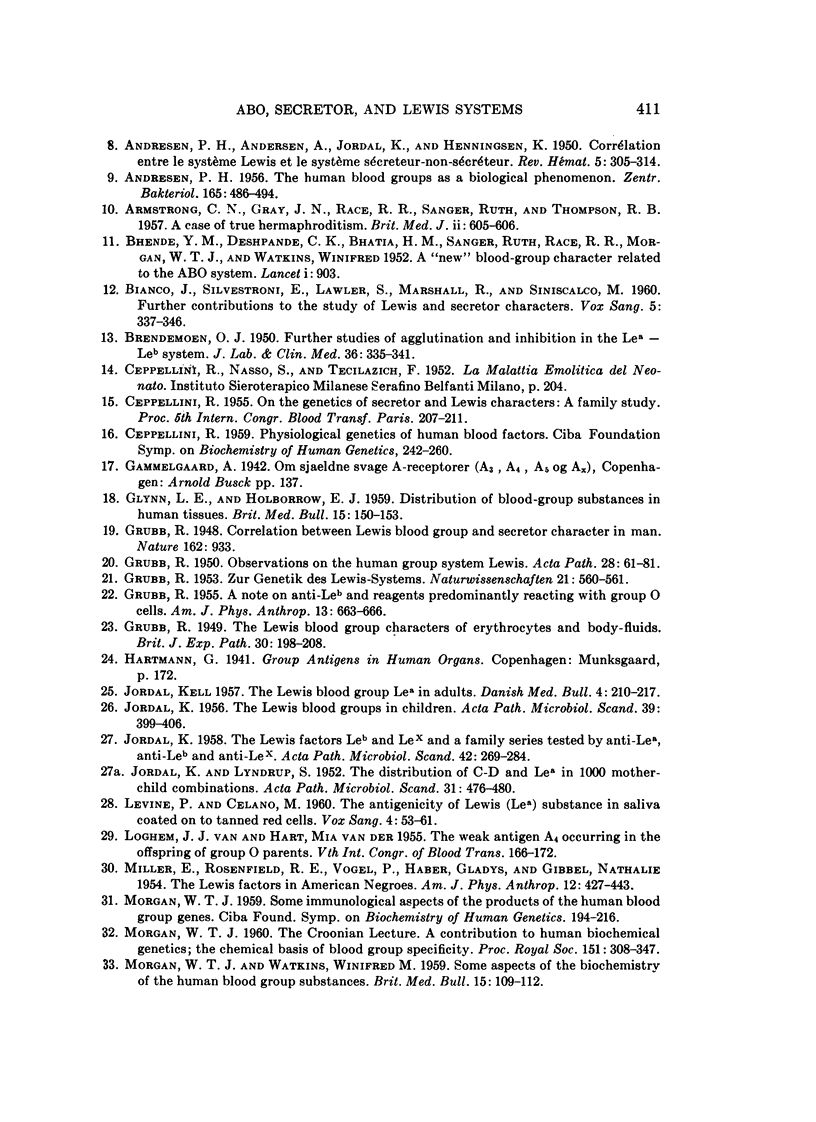
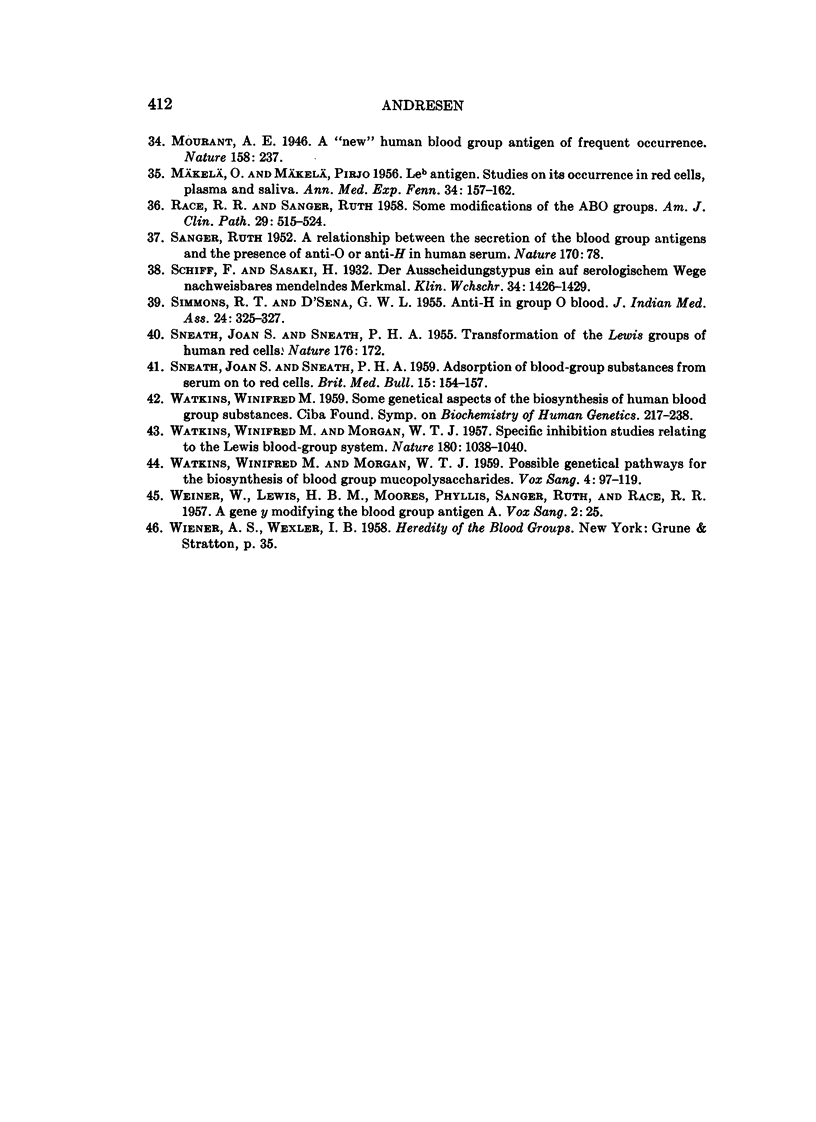
Selected References
These references are in PubMed. This may not be the complete list of references from this article.
- ANDERSEN A. Investigations in the inheritance of the characters secretor and non-secretor. Acta Pathol Microbiol Scand. 1952;31(4):448–461. doi: 10.1111/j.1699-0463.1952.tb00213.x. [DOI] [PubMed] [Google Scholar]
- ANDERSEN J. Modifying influence of the secretor gene on the development of the ABH substance; a contribution to the conception of the Lewis group system. Vox Sang. 1958 Jul;3(4):251–261. doi: 10.1111/j.1423-0410.1958.tb03618.x. [DOI] [PubMed] [Google Scholar]
- ANDERSEN J. On the genetics of the Lewis system. Acta Pathol Microbiol Scand. 1959;47:445–448. doi: 10.1111/j.1699-0463.1959.tb04821.x. [DOI] [PubMed] [Google Scholar]
- ANDRESEN P. H., ANDERSEN A., JORDAL K., HENNINGSEN K. Corrélation entre le système Lewis et le système sécréteur-non-sécréteur; recherches sur 71 familles. Rev Hematol. 1950;5(3-4):305–314. [PubMed] [Google Scholar]
- ANDRESEN P. H. The human blood groups as a biological phenomenon. Zentralbl Bakteriol Orig. 1956 Apr;165(5-7):486–494. [PubMed] [Google Scholar]
- ARMSTRONG C. N., GRAY J. E., RACE R. R., THOMPSON R. B. A case of true hermaphroditism: a further report. Br Med J. 1957 Sep 14;2(5045):605–606. doi: 10.1136/bmj.2.5045.605. [DOI] [PMC free article] [PubMed] [Google Scholar]
- BRENDEMOEN O. J. Further studies of agglutination and inhibition in the Lea-Leb system. J Lab Clin Med. 1950 Sep;36(3):335–341. [PubMed] [Google Scholar]
- GLYNN L. E., HOLBOROW E. J. [Distribution of blood-group substances in human tissues]. Br Med Bull. 1959 May;15(2):150–153. doi: 10.1093/oxfordjournals.bmb.a069740. [DOI] [PubMed] [Google Scholar]
- GRUBB R. Observations on the human group system Lewis. Acta Pathol Microbiol Scand. 1951;28(1):61–81. doi: 10.1111/j.1699-0463.1951.tb05004.x. [DOI] [PubMed] [Google Scholar]
- JORDAL K., LYNDRUP S. The distribution of C-D and Lea in 1000 mother-child combinations. Acta Pathol Microbiol Scand. 1952;31(4):476–480. doi: 10.1111/j.1699-0463.1952.tb00216.x. [DOI] [PubMed] [Google Scholar]
- JORDAL K. The Lewis blood group Lea in adults. Dan Med Bull. 1957 Oct;4(7):210–217. [PubMed] [Google Scholar]
- JORDAL K. The Lewis blood groups in children. Acta Pathol Microbiol Scand. 1956;39(6):399–406. [PubMed] [Google Scholar]
- JORDAL K. The Lewis factors Leb and LeX and a family series tested by anti-Lea, anti-Leb, and anti-LeX. Acta Pathol Microbiol Scand. 1958;42(3):269–284. doi: 10.1111/j.1699-0463.1958.tb01740.x. [DOI] [PubMed] [Google Scholar]
- LEVINE P., CELANO M. The antigenicity of Lewis (Le a) substance in saliva coated on to tanned red cells. Vox Sang. 1960 Feb;5:53–61. doi: 10.1111/j.1423-0410.1960.tb03130.x. [DOI] [PubMed] [Google Scholar]
- MAKELA O., MAKELA P. Leb antigen; studies on its occurrence in red cells, plasma and saliva. Ann Med Exp Biol Fenn. 1956;34(2):157–162. [PubMed] [Google Scholar]
- MILLER E. B., ROSENFIELD R. E., VOGEL P., HABER G., GIBBEL N. The Lewis blood factors in American Negroes. Am J Phys Anthropol. 1954 Sep;12(3):427–443. doi: 10.1002/ajpa.1330120316. [DOI] [PubMed] [Google Scholar]
- MORGAN W. T. A contribution to human biochemical genetics; the chemical basis of blood-group specificity. Proc R Soc Lond B Biol Sci. 1960 Feb 2;151:308–347. doi: 10.1098/rspb.1960.0002. [DOI] [PubMed] [Google Scholar]
- MORGAN W. T., WATKINS W. M. Some aspects of the biochemistry of the human blood-group substances. Br Med Bull. 1959 May;15(2):109–113. doi: 10.1093/oxfordjournals.bmb.a069732. [DOI] [PubMed] [Google Scholar]
- RACE R. R., SANGER R. Some modifications of the ABO groups. Am J Clin Pathol. 1958 Jun;29(6):515–524. doi: 10.1093/ajcp/29.6.515. [DOI] [PubMed] [Google Scholar]
- SANGER R. A relationship between the secretion of the blood group antigens and the presence of anti-O or anti-H in human serum. Nature. 1952 Jul 12;170(4315):78–78. doi: 10.1038/170078a0. [DOI] [PubMed] [Google Scholar]
- SIMMONS R. T., D'SENA G. W. Anti-H in group O blood. J Indian Med Assoc. 1955 Feb 1;24(9):325–327. [PubMed] [Google Scholar]
- SNEATH J. S., SNEATH P. H. Adsorption of blood-group substances from serum on to red cells. Br Med Bull. 1959 May;15(2):154–157. doi: 10.1093/oxfordjournals.bmb.a069741. [DOI] [PubMed] [Google Scholar]
- SNEATH J. S., SNEATH P. H. Transformation of the Lewis groups of human red cells. Nature. 1955 Jul 23;176(4473):172–172. doi: 10.1038/176172a0. [DOI] [PubMed] [Google Scholar]
- WATKINS W. M., MORGAN W. T. Possible genetical pathways for the biosynthesis of blood group mucopolysaccharides. Vox Sang. 1959 Apr;4(2):97–119. doi: 10.1111/j.1423-0410.1959.tb04023.x. [DOI] [PubMed] [Google Scholar]
- WATKINS W. M., MORGAN W. T. Specific inhibition studies relating to the Lewis blood-group system. Nature. 1957 Nov 16;180(4594):1038–1040. doi: 10.1038/1801038a0. [DOI] [PubMed] [Google Scholar]
- WEINER W., LEWIS H. B., MOORES P., SANGER R., RACE R. R. A gene, y, modifying the blood group antigen A. Vox Sang. 1957 Jan;2(1):25–37. doi: 10.1111/j.1423-0410.1957.tb03430.x. [DOI] [PubMed] [Google Scholar]


